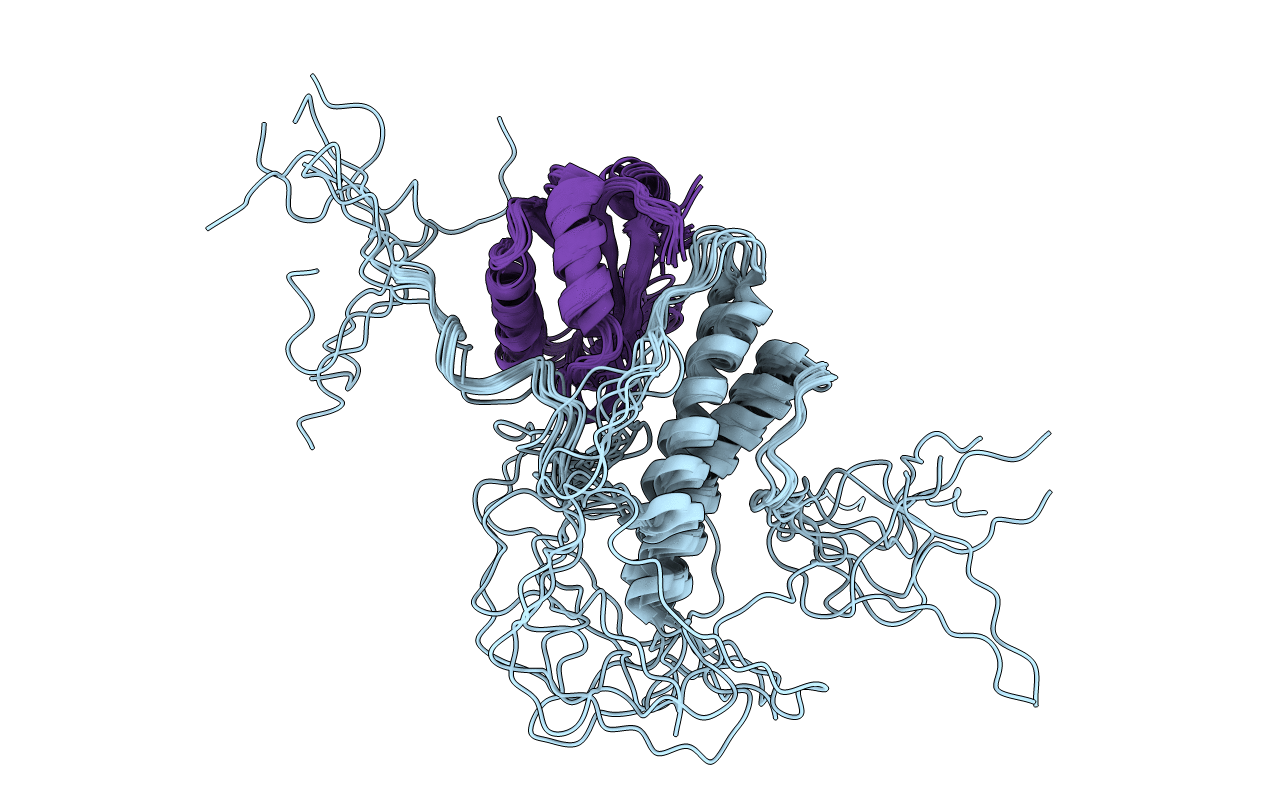
Deposition Date
2012-10-25
Release Date
2013-01-30
Last Version Date
2024-05-01
Entry Detail
PDB ID:
2M0G
Keywords:
Title:
Structure, phosphorylation and U2AF65 binding of the Nterminal Domain of splicing factor 1 during 3 splice site Recognition
Biological Source:
Source Organism:
Homo sapiens (Taxon ID: 9606)
Host Organism:
Method Details:
Experimental Method:
Conformers Calculated:
100
Conformers Submitted:
10
Selection Criteria:
structures with the lowest energy


